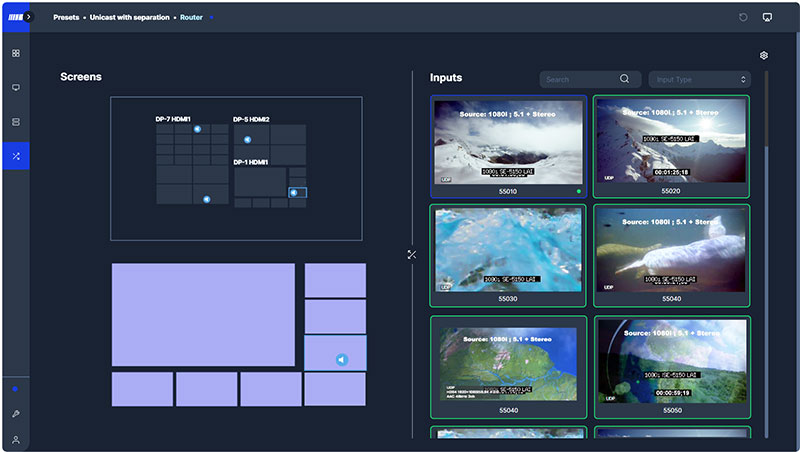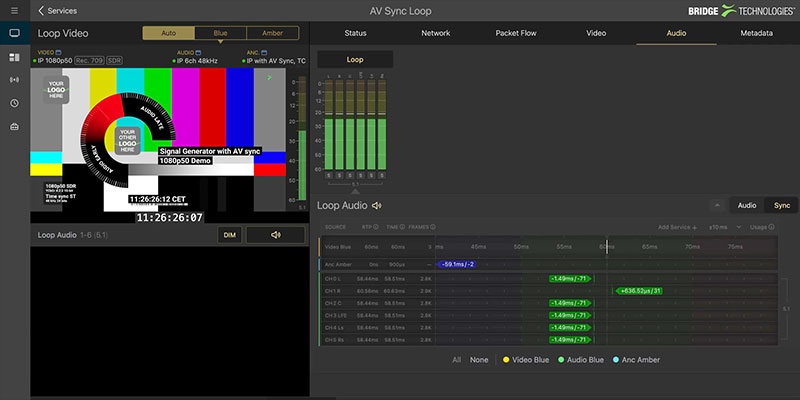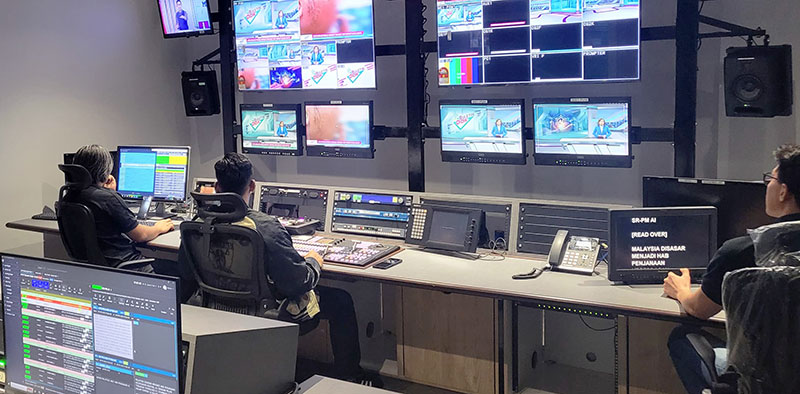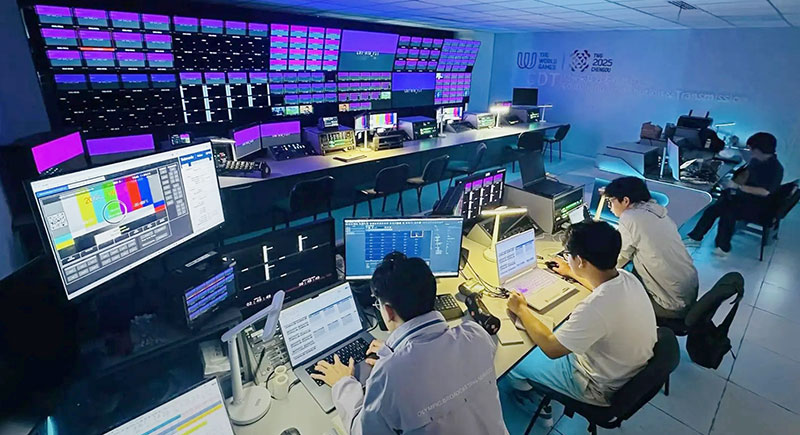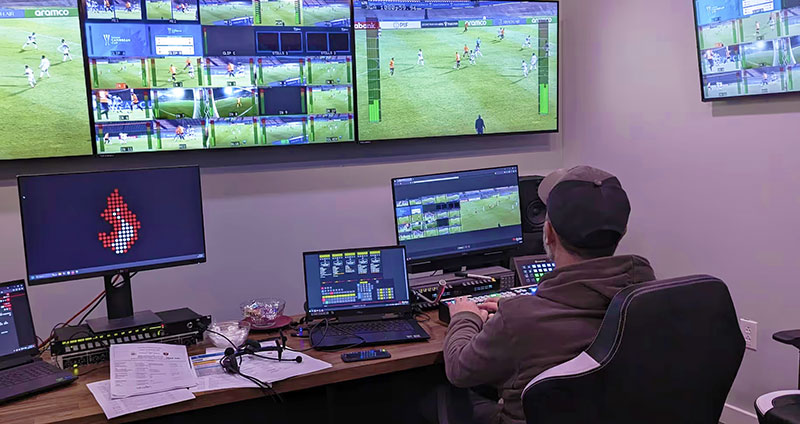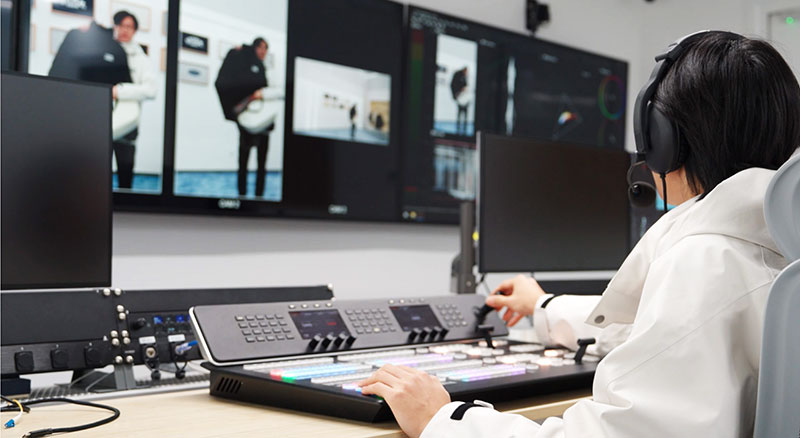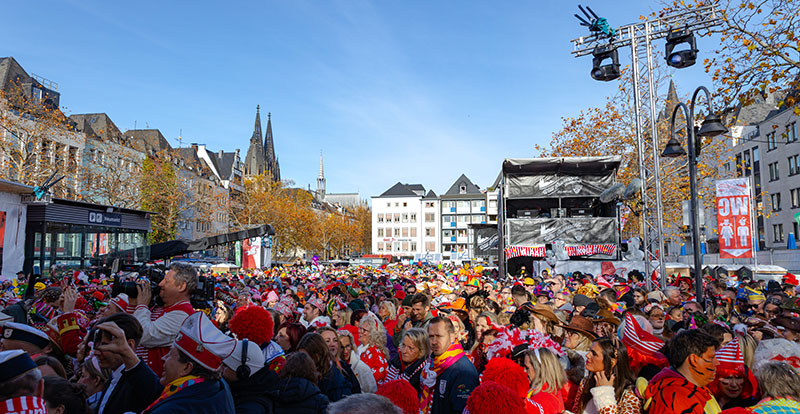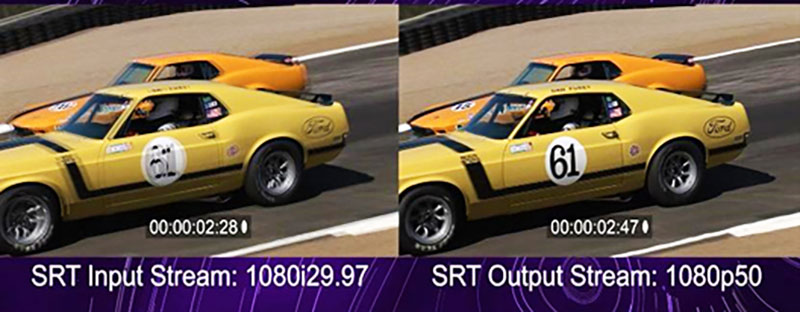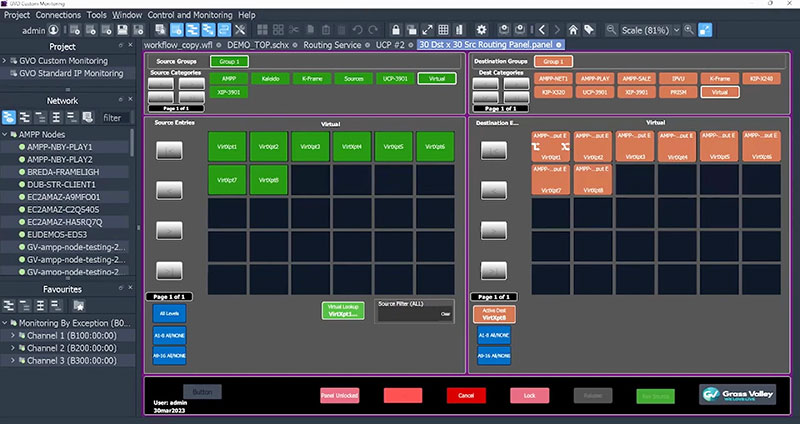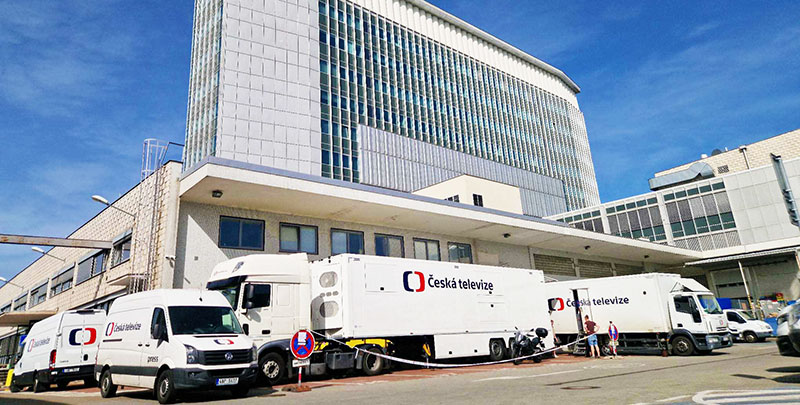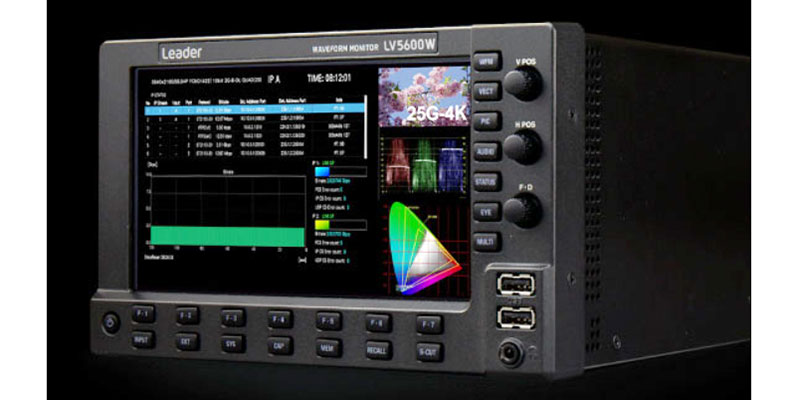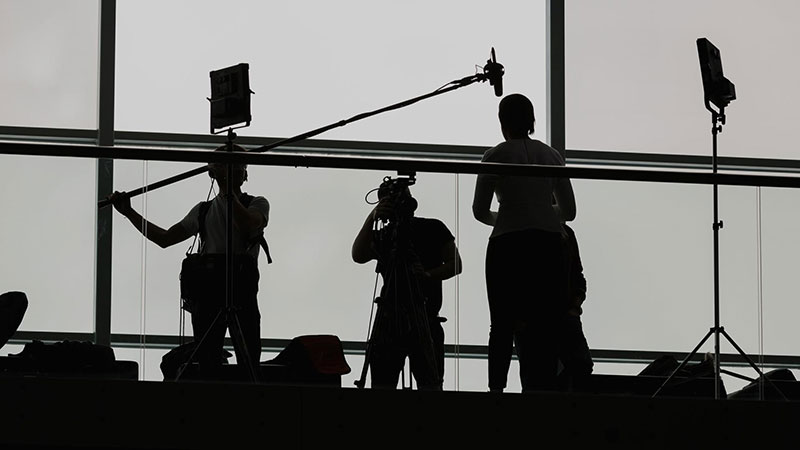Dante AV brings a coherent control plane for AV networks across multiple vendors, with independent audio and video and a common set of tools for configuration and monitoring.
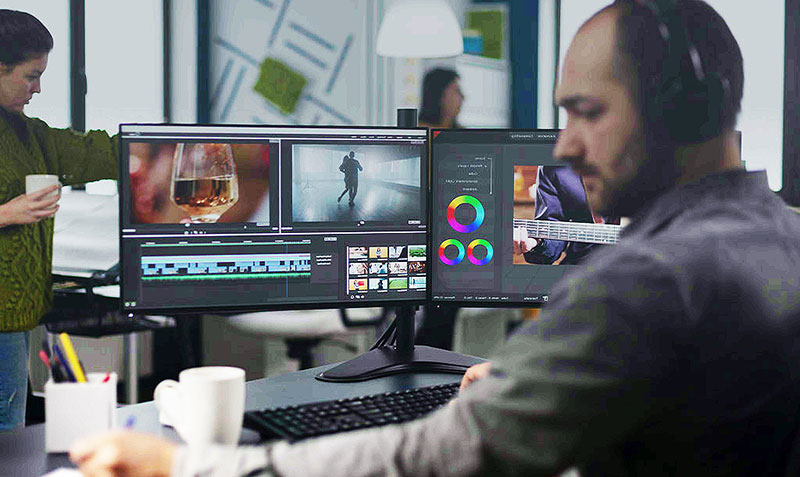
Dante, developed by AV-over-IP specialists Audinate, replaces physical broadcast connections with standard networking, combining software and computers to stream video and hundreds of channels of audio over Ethernet cables with digital fidelity.
Because all devices and applications can share the same network, signals can be streamed between all points regardless of location. This makes Dante systems straightforward to expand and scale when requirements change. As soon as Dante-enabled components are connected to the network, operators can start using them – more than 3,200 compatible audio products are now manufactured and in use around the world. Dante can also be used with existing networks, and to help simplify the installation and set-up of audio/video systems.
Dante’s developers at Audinate have more recently evolved its established networked audio capabilities to add video to the environment via the new Dante AV hardware networking module. Dante AV integrates into send and receive devices such as cameras, encoders and decoders, and supports encode and decode functions that can be coupled with a chosen codec. The module includes Dante API support, HDMI management, HDCP (high-bandwidth Digital Content Protection) management, edit management, and serial IR USB and CEC control.
Right Place, Right Time
Focussed on interoperability across systems devices and applications, its purpose is to deliver the right data to the right place at the right time, thereby optimising network cost and bandwidth. Regardless of their location, devices and applications stay synchronised across networks owing to Dante’s precision timing clock and speed alignment, avoiding such issues as lip sync.
This low latency performance makes Dante AV an advantage for real-time events and production where clean effects, transitions, video walls and multi-image projections are critical. Because video and audio are handled as separate elements, if necessary, they can be independently routed. A divided implementation makes the hardware design simpler – breakout boxes, adapters and cables for different products aren’t needed – and reduces the processing overhead required for video-only or audio-only products
Control Plane
Brad Price, Senior Product Marketing Manager at Audinate, talked about challenges Dante AV was developed to overcome, and the opportunities it opens for enterprises and broadcasters. “Dante AV addresses the acute need for a coherent control plane for AV networks that works across multiple vendors,” he said. “It has a common set of tools that handle system configuration, security and monitoring, independently encompassing both audio and video, and serves as a mature ecosystem designed for interoperability and ease of use for manufacturers and end users.
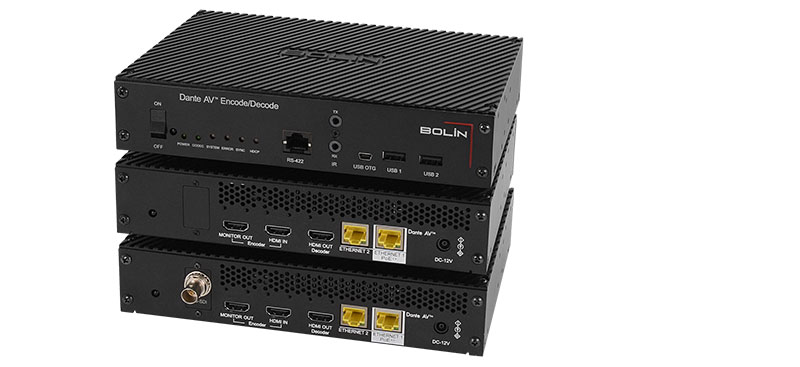
“Dante AV is also available in two forms that address different needs. Dante AV Ultra targets applications in which the lowest latency and very high image quality are priorities, while Dante AV H works with lower bandwidth H.264/265 codecs on SoCs for more general-purpose video applications. Both work in the same Dante control ecosystem.”
Rather than a network protocol for AV networks, which sets out rules for particular types of data exchange between devices, Brad described Dante as a ‘stack’ of network technologies that are themselves common protocols, such as PTP clocking, UDP and TCP traffic, mDNS and others. “These are used together to facilitate timing, data delivery, device discovery and all the various features of Dante-enabled products,” he said.
“Dante devices are automatically discovered by Dante Controller software running on a computer on the same network. Multicast DNS, which locates devices by name on small local networks, is employed for this purpose, which means that pre-configured name servers are not required.”
Audio/Video – Single Network Switch
Dante AV establishes instant interoperability between Dante audio and video products, making fast, flexible product design possible. Bolin and Yamaha, for example, have recently developed a unified communications system that combines Yamaha’s ADECIA Conferencing systems with Bolin’s 4K/Full HD Dante AV-native PTZ cameras, resulting in a system that creates collaboration spaces with perfectly-timed audio and video on one network switch.
The Dante AV software’s ability to keep timing and latency aligned is one of its most important features. Dante uses a PTP (IEEE1588) clocking system that allows all networked devices to synchronize to within 1 microsecond. Brad said, “Using this timing information, devices automatically adjust themselves to play out content at the same instant. Latency is thus fixed at a value that allows for sufficient buffering. On a 1Gbps audio network, for example, that value is typically 1 millisecond. Video networks typically operate at somewhat higher values.”
Dante AV modules, which are full-featured networking modules for sending or receiving devices, are supplied within Audinate’s Dante AV product design suite. The suite includes the Dante AV module with complete documentation and software, including SDKs for both components, plus a JPEG 2000 codec, which preserves up to UHD60 resolution with 444 colour and visually lossless image quality across multiple generations. www.audinate.com




